Values of the fourth-gen Monte Carlo SS are on the move
We’re still about three weeks away from Movemeber, when millions of men fill out their upper lips or beards, partly to raise awareness of men’s health issues and partly for fun. Turn the clock back about 40 years, however, and every month was mustache month. Not just for Tom Selleck and Freddie Mercury, but for guys all over the United States. And quite often, that lip foliage peered out above the steering wheel of a Monte Carlo SS.
Despite the glitz and glamour implied by its name, a Monte Carlo has always been more at home in Missouri than in Monaco, but that doesn’t mean it isn’t cool. Built on GM’s rear-drive mid-size G-body platform—which also included the Buick Regal, Chevy El Camino, Olds Cutlass, and Pontiac Grand Prix—it’s a sporty-looking but not exactly fast piece of “mustache muscle” that can be had on a budget. Surprisingly, though, that budget is a lot higher than it was just a few short years ago.

The first, coke-bottle-styled Monte Carlos arrived in 1970, and by 1981 the Monte Carlo was already in its fourth generation. It was smaller and lighter, but also roomier than the Montes of the ’70s. Although a short-lived Monte Carlo Turbo model offered boosted Buick V-6 power, and despite the Monte Carlo making a lengthy go of it in NASCAR, a more serious performance model was conspicuously absent from the roster. Performance was coming back into the coupe market, however, particularly with the launch of the Fox-body Mustang in 1979 and the all-new Chevrolet Camaro/Pontiac Firebird in 1982. For 1983, the Monte Carlo caught up when Chevrolet gave it a mild facelift and added an SS option to the lineup. It was the first Monte Carlo SS since 1971.
Buyers could choose between white or dark blue, while a small trunk spoiler, big decals, and Rally wheels let people know you spent the extra coin for an SS. Under the subtly muscular body was a Quadrajet-carbureted 305 cubic-inch small-block with aluminum intake, column shift three-speed automatic, F41 suspension, Goodyear Eagle GT rubber, and an open diff. The price was a little over $10K, and options like power windows and cruise control pushed it to about $12K.
For the 1983 cars, the 305 small-block managed 175 horsepower and 225 lb-ft of torque. Not a tire-shredder, then, but this was 1983, and those numbers were still enough to have fun with in-period. The 1984 Monte Carlo SS brought a five-horse gain and an optional limited-slip differential, while 1985 brought even bigger improvements. While the engine didn’t change, a TH200-4R 4-speed automatic and 3.73:1 rear axle made for livelier shifting and driving than the old 3.42-geared three-speed. New, optional bucket seats and floor shift gave a racier feel than the standard bench seat and column shifter, while optional T-tops let your facial hair dance in the breeze. Silver, black, white, and maroon encompassed the revised exterior color palette while gray or maroon cloth were the interior choices.
For 1986, new five-spoke alloy wheels arrived along with different graphics and a third brake light, while the only other major change over the SS’s 1983–88 production run was the Aerocoupe.
Built for 1986 and ’87 only, it followed the same aero-driven formula of NASCAR legends of the previous generation like the Dodge Daytona, Plymouth Superbird, and Ford Torino Talladega. Built to homologate a more slippery shape in the quest for every last mph on NASCAR speedways, the Monte Carlo Aerocoupe isn’t as extreme as something like a Superbird, but its unusual, sloped rear glass and revised spoiler are certainly distinctive. Chevrolet needed to sell 200 Aerocoupes for homologation and did just that in 1986, but for 1987 the company realized that plenty of folks would want to channel their inner Dale Earnhardt (who also had a mustache, of course) and drive a car that looked just like the Intimidator’s. GM obliged, selling 6052 Aerocoupes for 1987 at $16,325 apiece (about $44K in 2023 money).
The Monte Carlo went into 1988 without major changes, as it was the model’s last year before being replaced by the Lumina. As far as most enthusiasts are concerned, the Monte Carlo story mostly ends there. A new Monte Carlo SS did arrive in 2000, but it was a fat front-driver with a V-6 engine, and despite several special-edition NASCAR models, the Monte Carlos you could buy at the dealership had almost nothing in common with the cars you saw Dale and Jeff driving on Sunday afternoon.

As for fourth-gen Monte Carlos, they were very popular when new and they remain so. Although the faster and more sinister Buick Grand National gets most of the G-body glory in the eyes of collectors today, far more people walked into a Chevy dealership and bought a Monte Carlo. While just 4714 sold in 1983, sales shot up to 24,050 in 1984, then 35,484 in 1985, and peaking in 1986 at 41,164. 1987 brought a still-substantial 33,204, and 16,204 followed in 1988. Total Turbo Buick sales were less than half that.
In addition to a strong supply of cars, Monte Carlos offer plenty of room for drivers who shop at the big and tall store, and lots of parts interchange with other GM cars. Other than rust in a few key areas, leaky T-tops, and amateur-ish, why-on-earth-did-they-do-that modifications on many examples, there aren’t any major issues to look out for.
Mid-’80s Monte Carlos have never been expensive cars. But, surprisingly, they aren’t exactly cheap these days, either. The median condition #2 (“Excellent”) value currently sits at $29,400. That’s 68 percent higher than it was five years ago, and 188 percent more than it was 10 years ago. Generally, the 1985-and-later cars with floor shift, bucket seats, and cooler wheels are more sought after, and you should expect to pay a few percent more for T-tops. Despite that, there’s little variation in value, as an ’83 model is worth $28,100 at the low end while an Aerocoupe is worth $34,400 at the top of the heap.
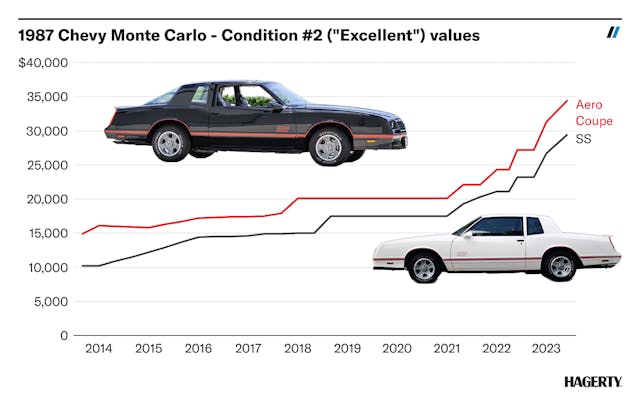
These numbers are even more surprising when we compare them to the other cars playing for the Chevrolet team in the mid-to-late ’80s. While the ’87 Buick Grand National has moved into an entirely different price point with a #2 value of $70K, the #2 value for an ’87 Camaro Z/28 is just $22,600. And for an ’87 Corvette? Just $18,500.
It doesn’t make a whole lot of sense, especially compared to the Corvette, which is much cooler to look at and will run circles around the Monte. But, as we saw with our comparison of C4 Corvettes and IROC Camaros last year, nostalgia can be a powerful market force when it comes to cars that are nearly old enough to have their own midlife crisis. Combined with the fact that there aren’t a lot of clean and unmodified examples left, it starts to become a little clearer why the best ones are getting more expensive.
Gen-Xers, who came of age when these cars were new, make up 36 percent of buyer interest for 1983–88 Monte Carlos. Millennials make up the same share. They may not exactly remember the ’80s in vivid detail, but they still play into nostalgia for that decade and, like Gen-Xers, buy these cars at a disproportionately high rate.
It’s hard to see values going up much further from here, given the wide variety of other great cars that are available in the $30K range. Which means that, as always, Monte Carlos will be a (reasonably) affordable celebration of mustache muscle.

***
Check out the Hagerty Media homepage so you don’t miss a single story, or better yet, bookmark it. To get our best stories delivered right to your inbox, subscribe to our newsletters.
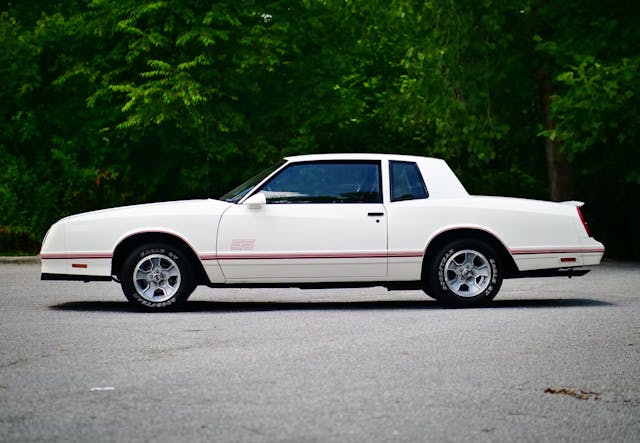
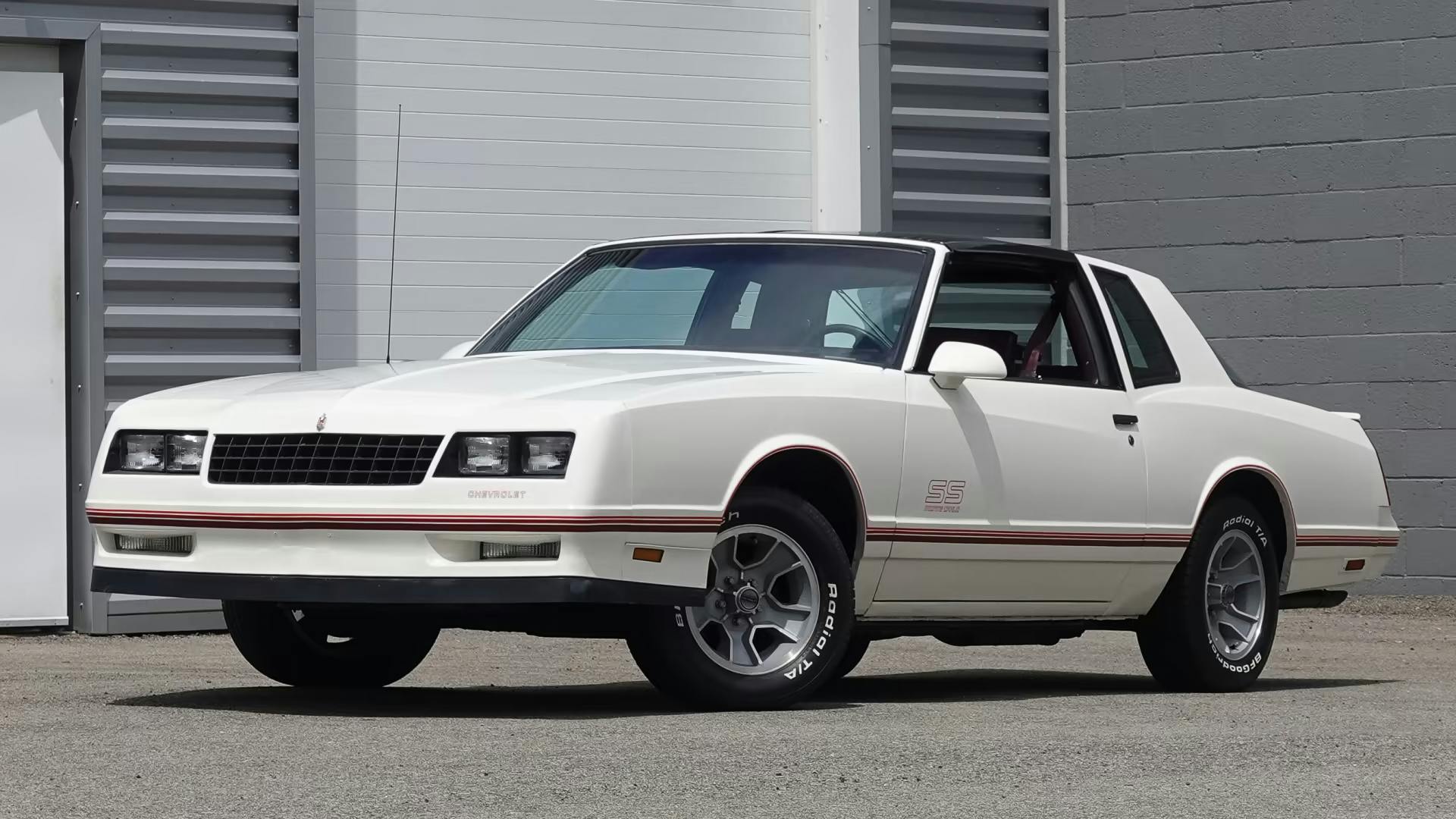
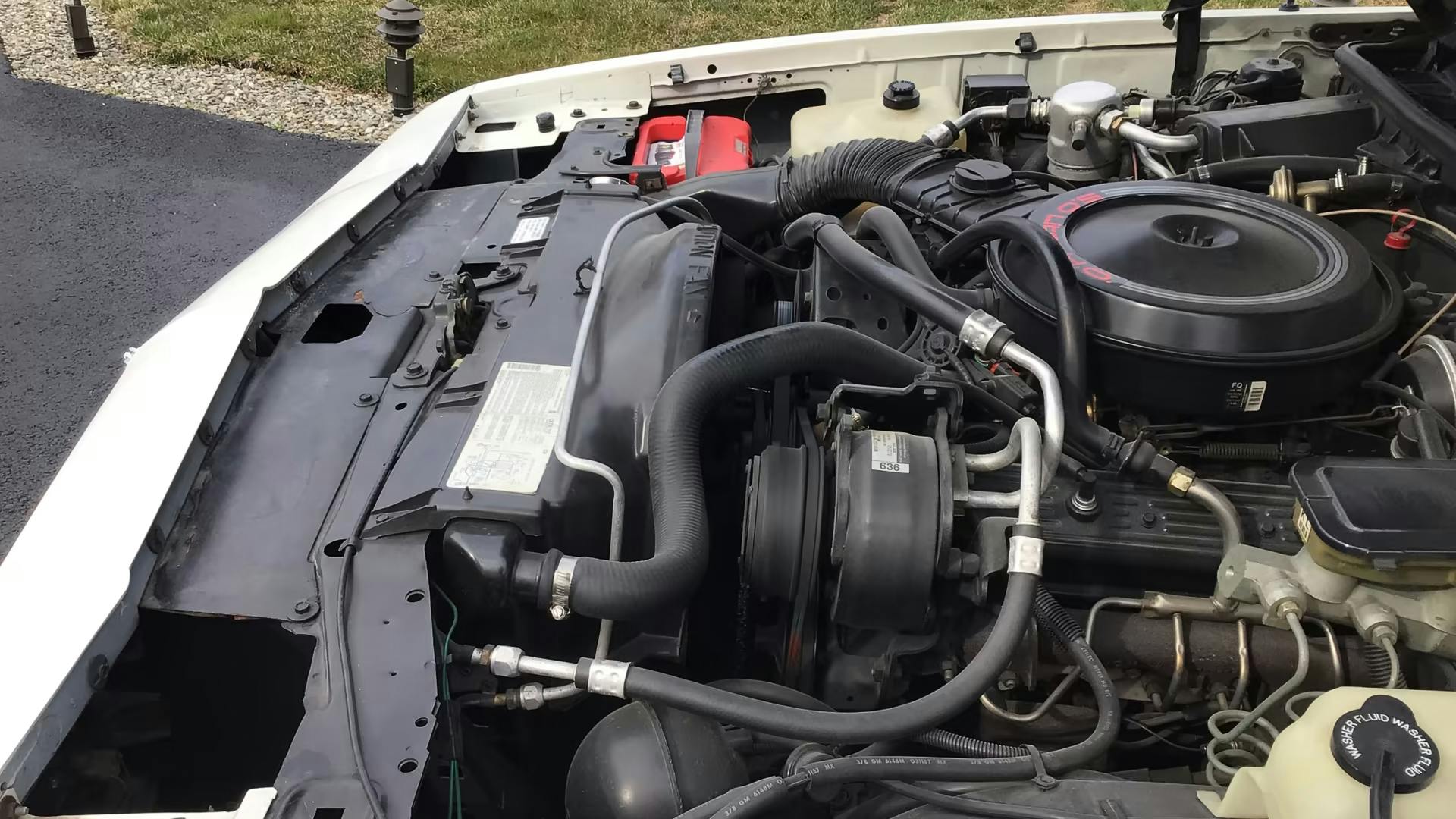
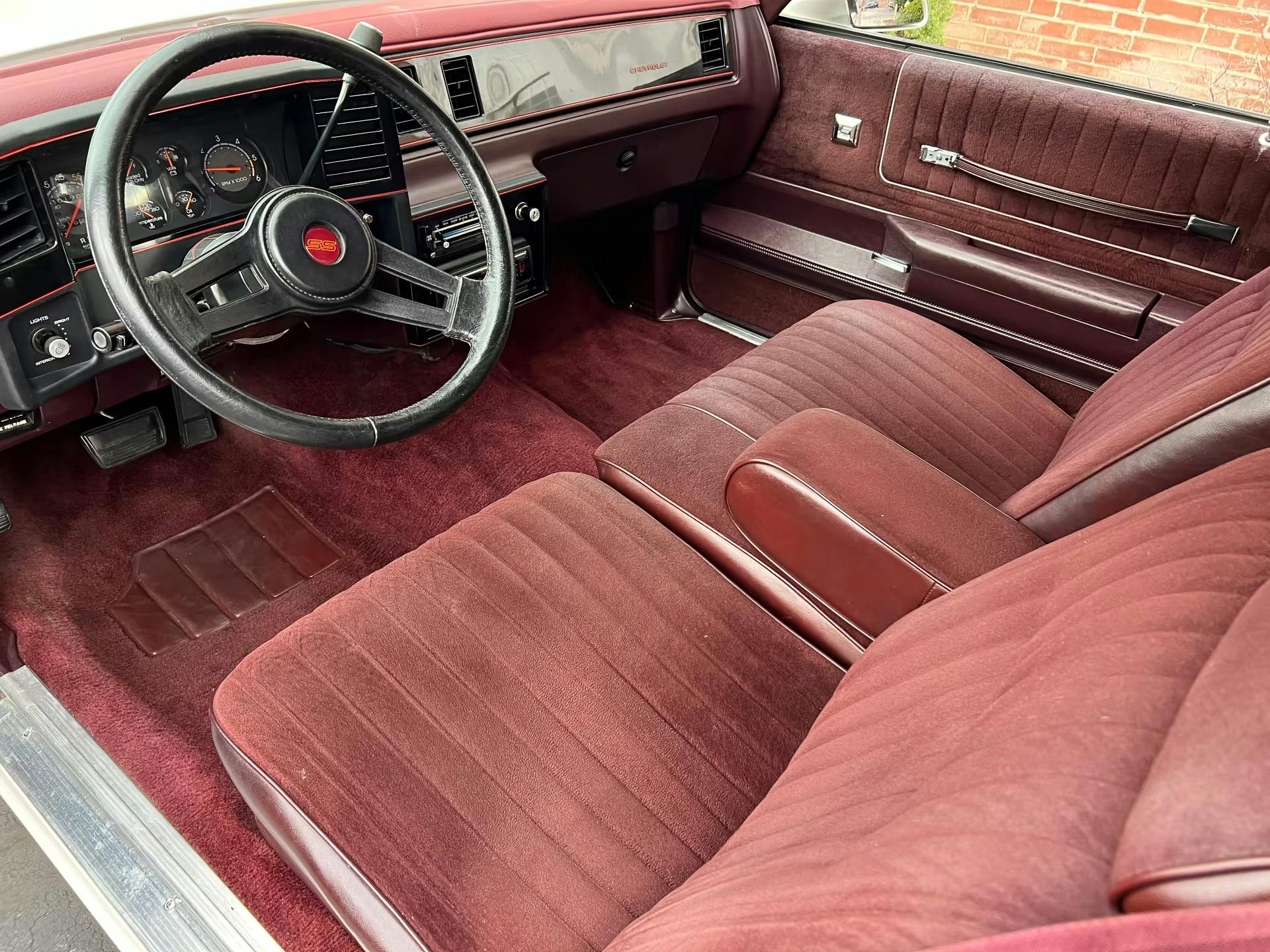
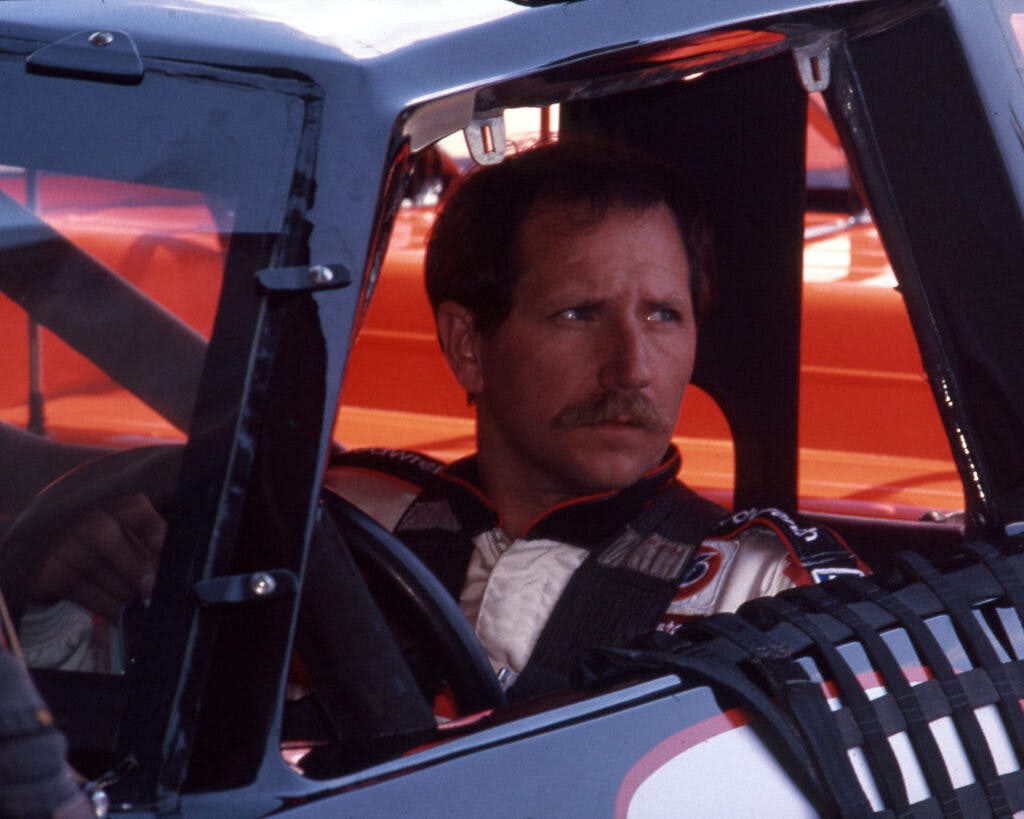
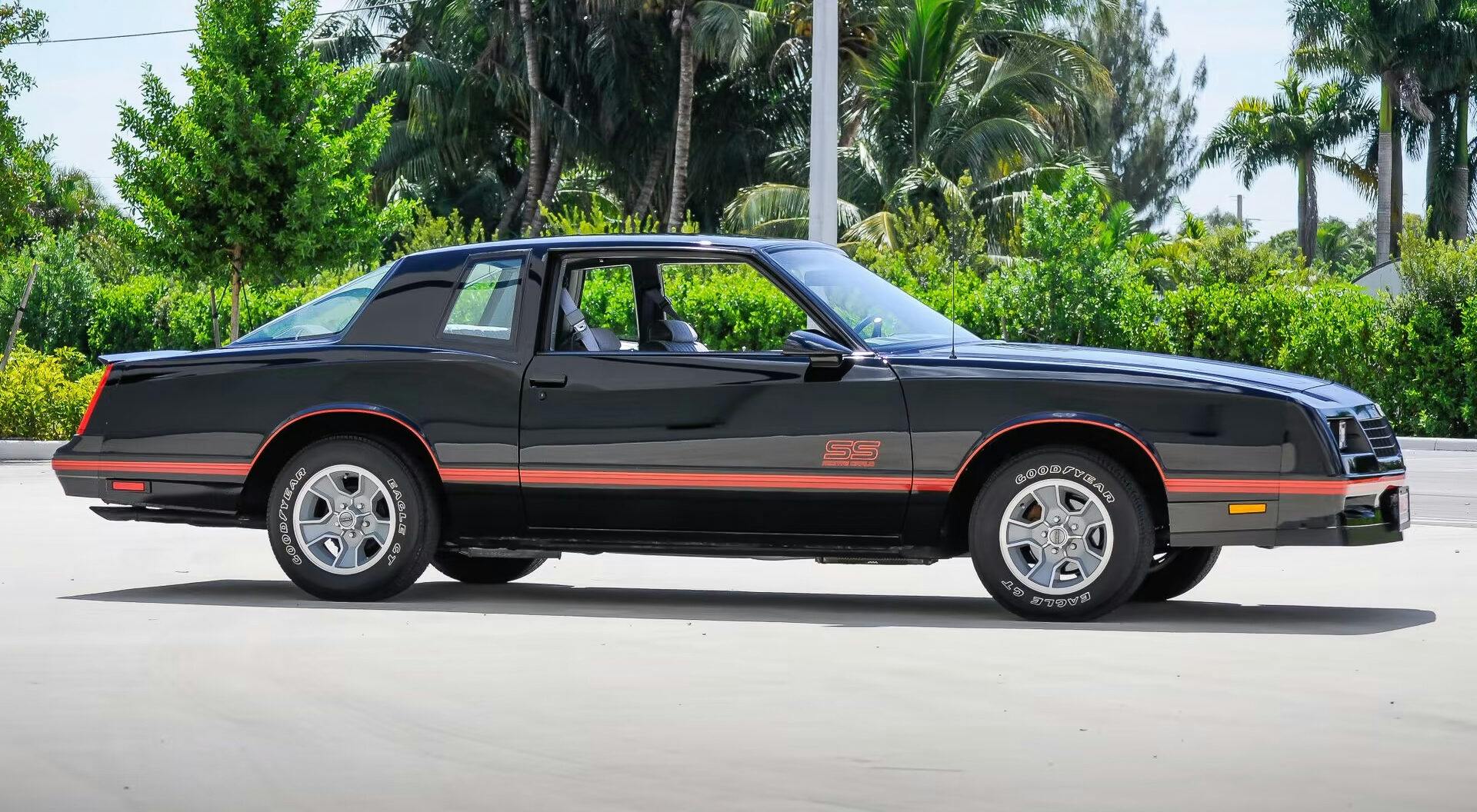
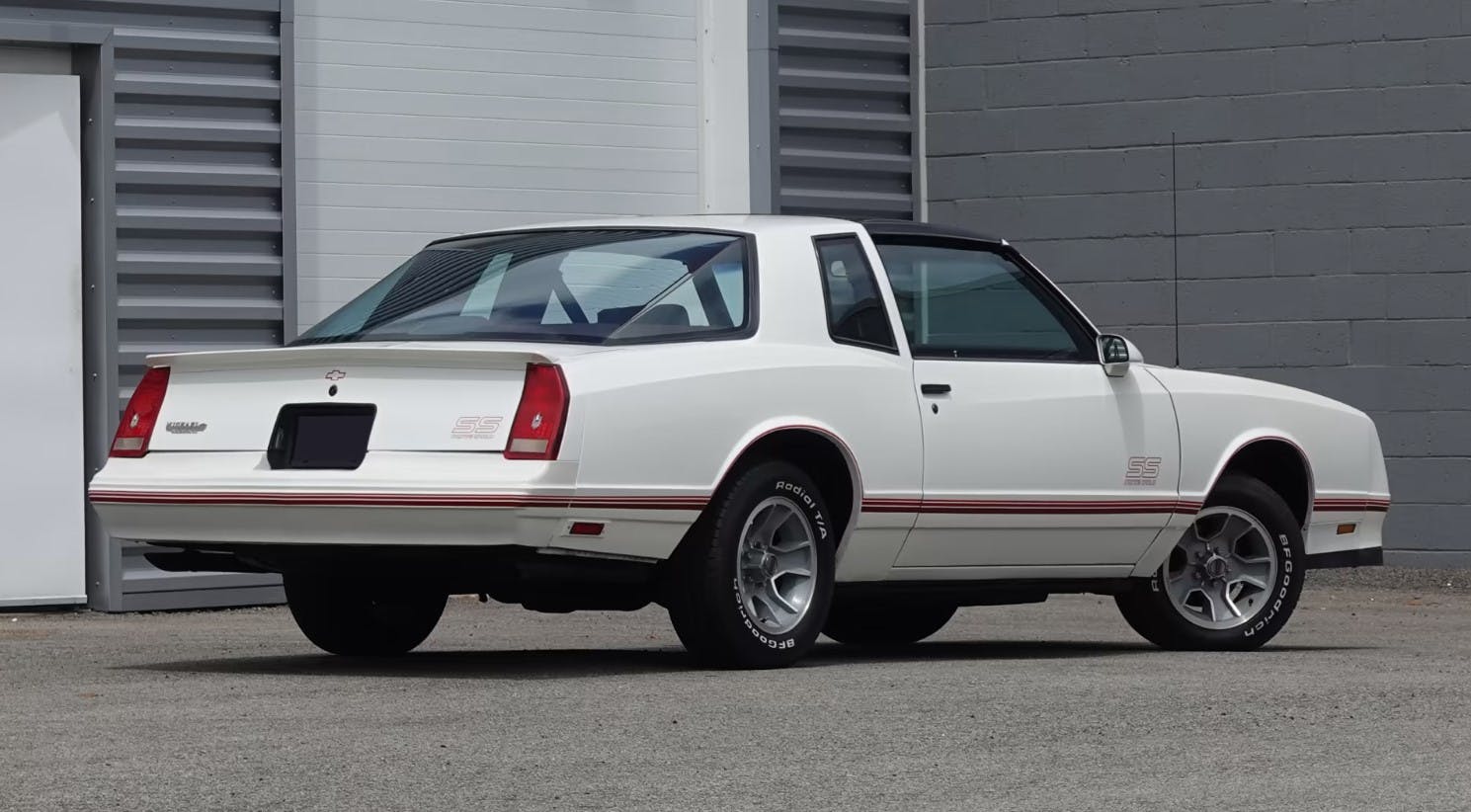
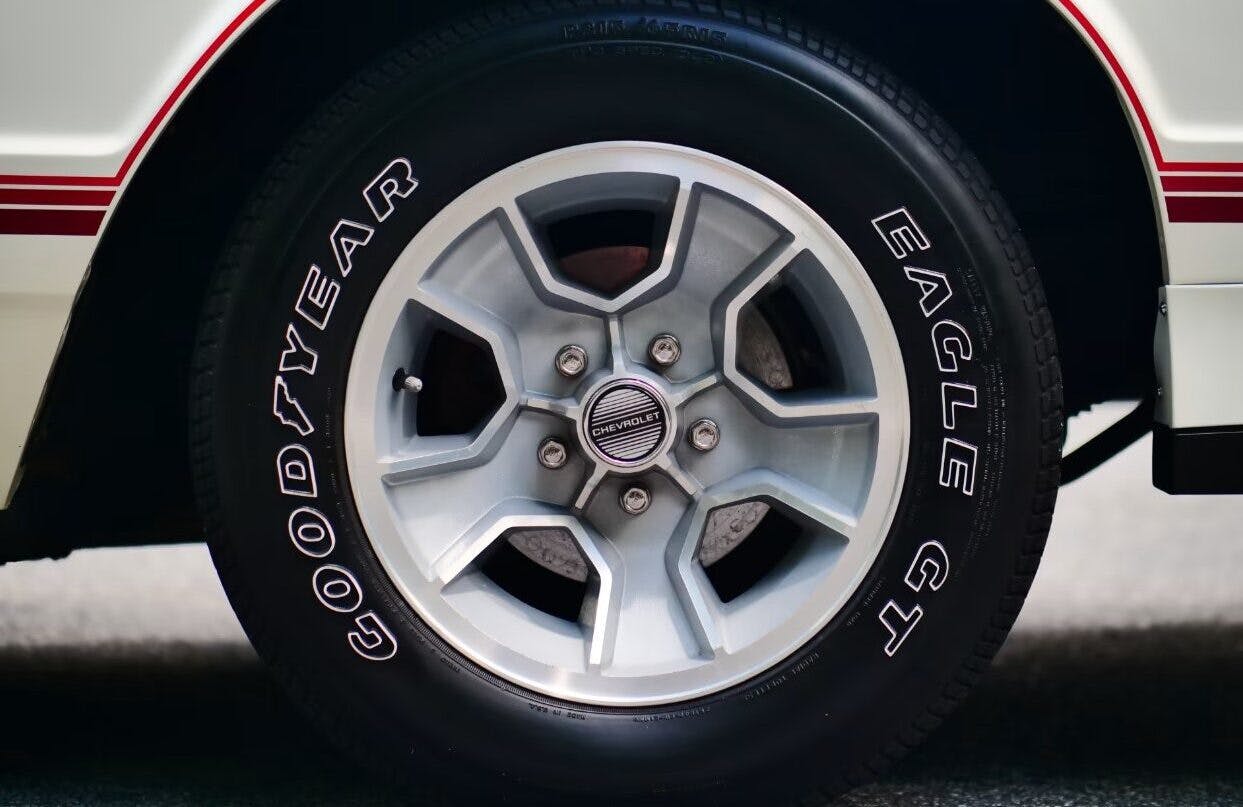




I remember trying to drive up the hillsapproaching 57th Street on Manhattan’s 11th Avenue in a Monte Carlo SS press car during a snow storm. No way, those GoodYear Eagle summer tires could bet a grip. I eventually had to back down, make a U-turn and retreat. But that car felt like fun at a time when there was very little automotive fun to be had. Its appeal was partly due to what GM engineer’s called “the jerk factor:” quick throttle linkage and a nice exhaust not.
I put a Tune Port Injection 350 in my 85 SS. These parts were available on the Z28 and Vette of that year. Chevy should’ve built the SS like that because the icreased HP and torque make it quick and fast!
Biggest issue with the 1980s Monte Carlo fleet..these cars are not 67 ss396 chevelle cars.that had 4speed tranny and 396 motors..these are 150 horse 305 cars and th.200s..it not the same bananas as the camaro and 67 chevelles. And the 60s chevelle is a better made car and more power..quite a price difference
Which is why these cars are going up exponentially in value. Not every one has 100k+ for a cool car to cruise around in. These cars fit the bill for someone looking for a nostalgic, cool ride to cruise in as well as the person ready to drop 10k in mods in it that will make an 80s Monte leave a 396 Chevelle or Camaro in its rear taillights while spending less than half the money.
Agreed. Less expensive and probably more fun. Leave the OD transmission in it add some more power and have an excellent cruiser. How many Chevelles and Camaros do you see at any given event? Nice Monte, not even in the SS trim, will definitely turn heads.
I’ve always loved these cars. Nice styling, surprisingly nimble cars for their size. A nice cruiser if left alone and potential to made into a fire-breather for a relatively small amount of money.
The 80’s cars are now on the board. We’re they fast back then better than late 70’s cars but vs to today no.
What will set many of these cars apart is being different. The SS is different in spades.
The car will draw from the NASCAR connection and the aero coupes will be the one to have.
The other factor is all original as restoring is not cheap or easy.
The cars that will stand out are the Camaro, Mustang, Trans Am, Fiero, and Shelby cars. Most others will be foot notes.
Other cars like the Grand Prix 2+2 and trans am Turbo 3800 and original GN cars will see increases.
No one will get rich off any of these but they will be worth more than they were new.
As for the Goodyears. They were not summer tires as there was no such thing them. They would go in the snow as I was forced on them for 5 winters in two cars. No they were not the best but just a little skill and you easily got where you are going.
The Eagles were the first gen of real performance tires and they also had to meet OE standards which is not easy.
I put Eagle snow tires on our 1985 SS, and it got around just fine after that.
Great car my son still drives an 84 SS it was given to him by his grandparents been in the family for almost 40 years.
It was cheap RWD fun with a connection to what was racing in Nascar. I always liked them but I prefer the Buick Grand National.
My first, and only new car, was a 1988 Monte Carlo SS. It was a nice handling, but poorly built car. The check engine light went on when I first drove it home from the dealer. It left me walking 3 times while it was still under warranty. The trans was replaced 4 times. The transmissions either self destructed, or blew out their seals on the highway. I couldn’t run the A/C on the highway without overheating. I finally got tired of fixing it. I bought a ’94 Thunderbird super Coupe. I still have it.
“Poorly built” may be an understatement. I once rented a new Monte Carlo in Florida. I found the build quality and NVH appallingly poor. The body was like a tin can. Almost no sound deadening.
I test drove a Monte Carlo SS before I bought my 1985 Mustang GT 5.0
Nice car….but I remember how slowww the 305/Auto combo was.
No 350 SBC?
No 5 speed?
No sale.
I still have my 4 eyed ’85 Foxbody.
I still own my original 87 MC SS bought in February of 1988 in Middletown NY and currently when out of storage sits in the shade in sunny FL. Never saw ice nor snow and just did a Resto on her…still turns heads. While she may not be the quickest she is still my best investment in looks and drivability. She has 106,000 original miles or slightly less than 3000 miles a year most put on when she was new and is numbers matching stem to stern. Will stay in the family long after I am gone.
I want to point out that the 1984 model year is when the bucket seats with floor shifter and console was available, not 1985. I owned one. White with blue interior. Miss that car.
G bodies were poor performers from the factory (except for Buick GNX), but the bones are there and they looked good. Bad thing is the unavailability of the plastic parts that need changing on a now 35+ year old car. I should have bought a used 87 Olds 442 back in 93. Could have pulled the 307 and put in a 403 for cheap back then and with today’s stout TREMEC 5 speeds, it would have been a great car all around.
I just drove my ’71 Monte Carlo a few hours ago before storing for winter. Purchased new it’s been with me a long time. Never cared for any model change after ’72. Bloated colonnades or “2 door Luminas” don’t hold a candle.
We bought a white 1985 SS in 1988. Besides being quite good-looking, it was fairly quick for the era, if no barnstormer. The handling was quite good, though, the ride was reasonably good, and the trunk quite large – especially important with a new baby arriving in 1989 (yes, people really did carry babies and their paraphernalia in cars back then, not always requiring an SUV). Sadly, it turned out to be a lemon, with one problem after another. Finally, in perhaps the ultimate insult, the crankshaft sheared off just outside the front of the engine; the crankshaft was bent at that spot, and apparently had long been that way, finally fatiguing. We got rid of the jinxed car in 1991.
love to see you do the same type of report on 1978 to 1987 el camino’s!